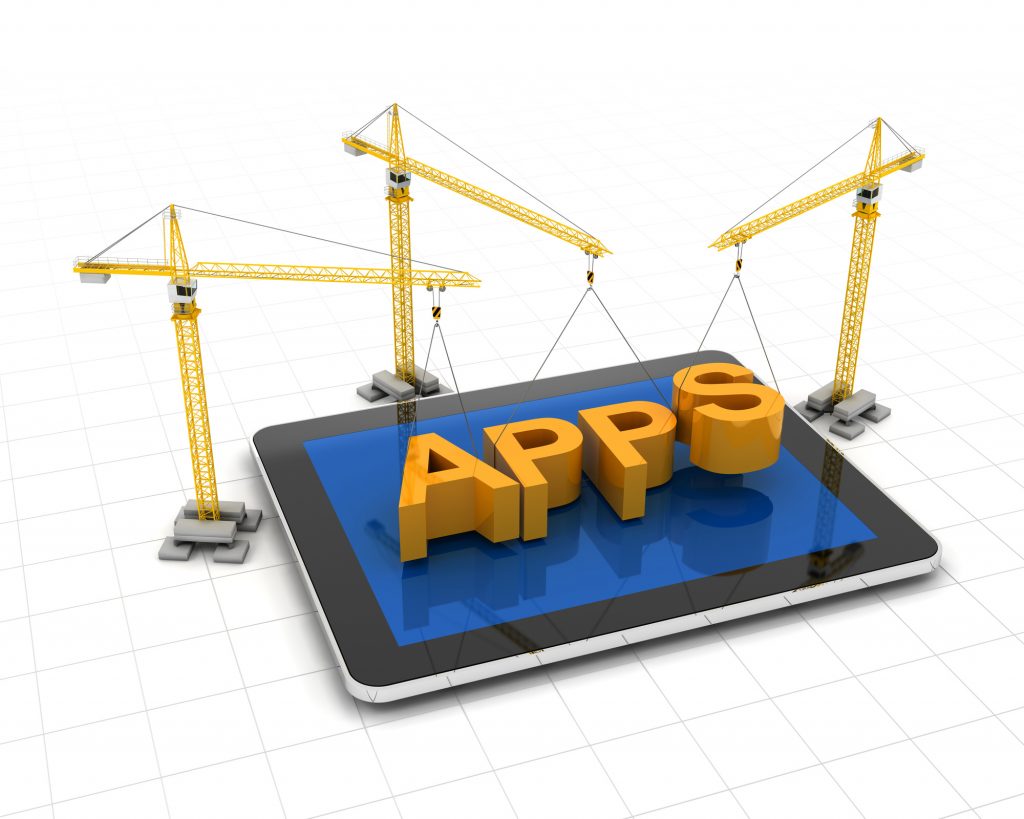Is it Hard to Make an App? Here’s a Quick DIY Guide to App Development
Do you have a great idea for an app? You may think all the good ideas are taken but that is not the case.
In fact, over 6,000 new apps are created every day. Most of these apps are based on new ideas or improvements to existing apps.
So if you’ve got an idea for an app, you should definitely create one.
Now, you may be wondering Is it hard to make an app?
The good news is you can definitely create your own app by learning some basic knowledge and executing a solid plan.
We want to help. So if you’re struggling to get your app off the ground, follow our DIY guide to learn how to get started now.
Set Your Objectives and Your Main Goal
The first step to creating your app is to sit down with pen and paper and write out your goals. These goals provide the foundation upon which all subsequent decisions will be based. They will provide a clear path for you, and those you work with, to create a successful app which meets all your objectives.
Ask yourself some questions and flesh out your answers. For example:
- What problem will your app solve?
- How will it make life easier for its users?
- What features will it have?
- What will make your app appealing on the marketplace?
- How will you market your app?
Before you go any further, it’s important you know exactly what you want your app to do and that you are able to easily communicate your vision to others.
Research the Competition
Chances are someone has already released an app similar to the one you want to create.
That’s not a problem, it’s an advantage. You can research these apps and make your app the best in the space.
Go back to your pen and paper. Write down the important features of each of the most popular apps in your space.
Read the reviews and pay particular attention to the 3-star reviews (on a 5-star scale). These reviews generally are the most objective and they often outline what works, and what doesn’t work for these apps.
Many reviewers will even leave suggestions for what could make the app better.
Before you reach the next step, you should know your apps necessary features and where it can be better.
How can your app’s users achieve their intended goal, faster, easier, or for less money? Determine what will differentiate your app to make it the best.
Sketch Out Your Features
We’re not done sketching out our app yet. Keep your sketch pad out and create visual representations of your ideas and features.
Make space for ads if that is how you are going to monetize your app. Or, if you are generating money from in-app purchases you need to map that out visually.
What you’re doing here is executing a cohesive vision. You’re creating a blueprint and making sure to represent visually all the thoughts and ideas you have for your app.
Create Your Wireframes
Here is where it gets fun and your app begins to take shape. You’re going to transfer your sketch drawings into wireframes.
Wireframing is when you create a visual guide of your app’s layout and user interface. It doesn’t have graphic design elements at this point. The programming hasn’t begun yet.
Your wireframing is determined by the specific tasks your users will carry out when they use your app. When you wireframe, you’re trying to optimize your user interface (UI). Your goal is to accomplish more with fewer clicks, taps, and swipes.
You have two options for creating wireframes, offline and online.
To create wireframes offline, you use pen and paper and outline your user paths and sequences to find the most efficient flow to your app.
Creating wireframes online requires the use of wireframe templates. You can build wireframes online through platforms like Adobe Suite, FluidUI and Mockflow.
Define Your Backend to Test Your Wireframes
Now you have a storyboard for your app and you need to start examining its functionality.
Use your wireframes to integrate your data diagrams, servers and APIs. Not sure what that means? No problem, back end services like Parse and Applicasa, which will do this for you and even build it out.
At this point in the app development process, what’s important is that you create easy-to-understand diagrams. These functional wireframes will become the directions for everyone who works on your app.
You may want to learn how to code and do the work yourself. Customizing your own work is one of the great benefits of learning to code.
Test, Test, Test
Before you go any farther, you need to finalize your app’s functionality. To that end, there’s no substitute for human interaction with your app.
Give access to your creation to colleagues, customers, family, and friends. Watch their reactions as they test your app. Don’t coach them on how to use it because your end-users will never have that privilege.
Ask them what is easy to use with your app? Is it intuitive? How could it be better?
Take their suggestions, make the necessary modifications, and test again. Once your functionality is error-proof and maximized for user experience (UX), move on to the next step.
Build Your App
Now it’s time to connect your servers, databases, and APIs. App builders like Appery, Mobile Roadie, App Creator, and TheAppBuilder can do this for you.
Make sure you’ve integrated the suggestions and feedback from the testing phase.
Design Your App
Designing your user interface is important because it’s how your app will look and feel to end users. A good design is both attractive and easy to navigate.
Again, you will incorporate the feedback from user testing. The more user-friendly your app is, the greater your chance for success.
If you’re not designing the graphics for your app yourself, you need to hire designers or use a WYSIWYG editor.
Test, Revise, and Test Again
Now that you have a fully functioning app and put the finishing touches on your graphics interface, you need to run your app through a battery of tests. Proto.io and Pixate are reputable testing formats to help you through this step.
This step is different than testing your wireframes. Your wireframes provide the loose framework for your app. But now you’re testing your app with full design and functionality. You now have access to much more detailed information.
Fix any issues you discover during testing and do another round of user testing. Once your app is optimized with no user complaints, you’re ready for the final stage.
Beta Test
Both Apple and Android apps are required to go through one final round of beta testing before you can upload your app to their platforms.
Android makes this process simple. You upload your app to any android and you can then test your app in a live environment.
Apple wants its beta testing in a controlled environment, a platform called TestFlight. They give you thorough instructions as you move through the beta testing. The best part is that you can invite more testers to try your app and see how a larger user group responds to your app.
Release Your App
Congratulations on developing your app and reaching the finish line.
Now that your beta testing is complete. you can launch your app and distribute it to the masses.
For Android users, you only need to upload your app to the android store. Your app will instantly be available to Android users through the Google Play store. Your app will eventually be reviewed, but not before it is available to end users.
The process for IOS requires review before your app is available to others. Apple does not give an estimate of when the review will be complete, but it usually takes about a week. Then your app is live for anyone to download on their Apple devices.
Conclusion: Is It Hard to Make an App?
So what do you think? Is it hard to make an app?
As you can see, developing an app is not as hard is it might initially seem. Just follow these steps, making sure you continuously test and revise along the way. Stay true to your initial goals and objectives and communicate them clearly to any team members throughout the process.
If you found this article helpful, please check out these eight personal characteristics of highly successful people now.





